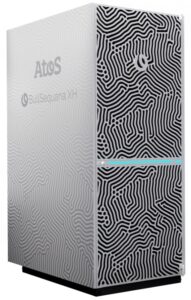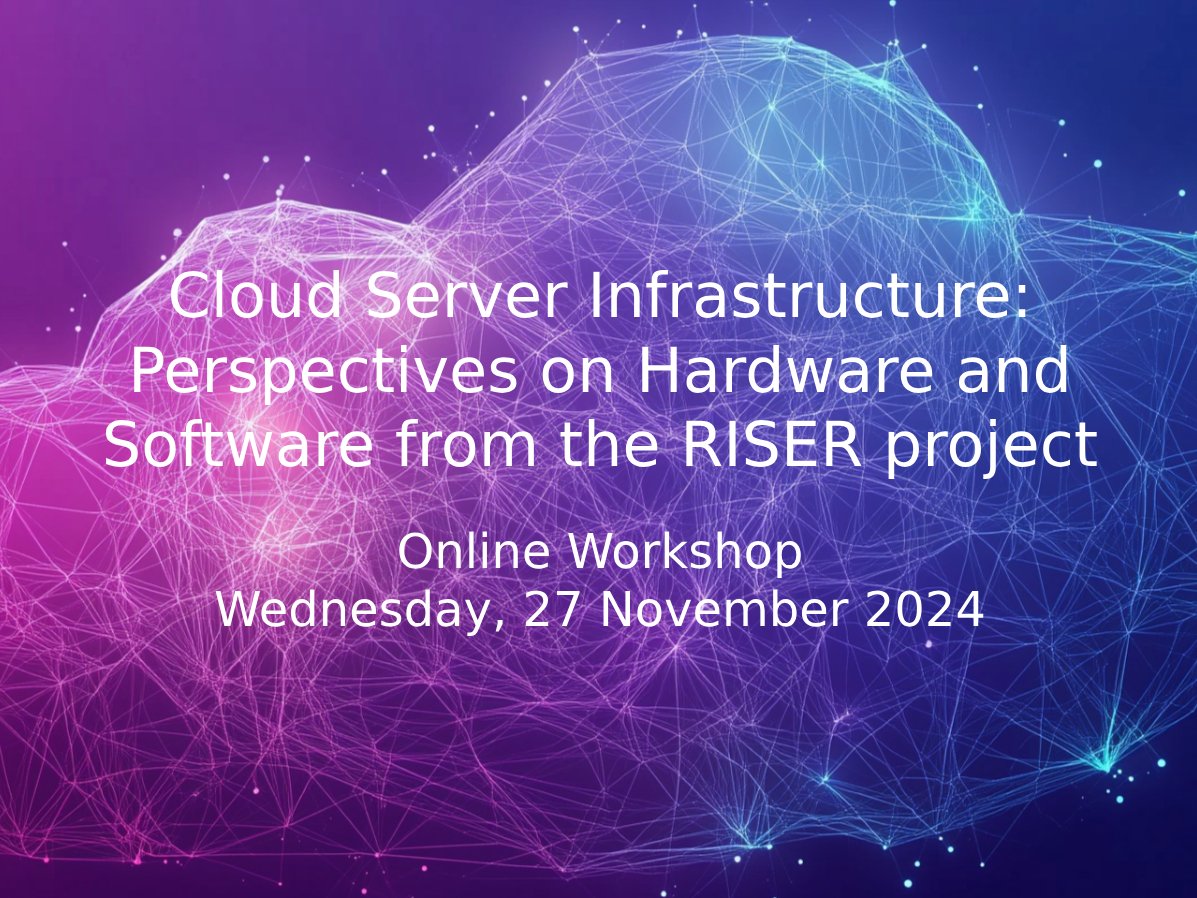Emerging applications stream
EPI’s ambitious goal is to set an architecture suitable for different applications. In SGA2, new emerging applications will be studied. In SGA2, a new emerging applications will be studied: Autonomous HPC with use cases deployed on the edge. But this application is considered in continuum computing from Autonomous HPC on edge to performant HPC nodes in data center.
Autonomous HPC
The main objective is to demonstrate the capability of EPI architecture for Autonomous HPC use cases. This demonstration will be done first on one of the previously selected use case: the Video Surveillance for smart city and infrastructures.
The goal of these explorations is to find and optimize the HPC scaling path to fit with the compelling constraints of the (high volume) embedded market, by evaluating, analysing and profiling these use cases against the target HPC processors. This work will be done on the simulation tool chains of all the platforms developed in SGA2. The chip architecture’s requirements will be achieved through expertise for the extraction of the key algorithms from the target application, including security, energy efficiency and ease of deployment requirements. The architectural exploration, based on the kernel computation requirements and the configurable parameters provided by the simulation tools will push through the best “scale-to-fit” of the HPC processors and RISC-V accelerator down to the embedded solutions. The vector and ML accelerators developed in Stream 3 will also be evaluated on real time video surveillance application, to propose extensions to meet the real time constraints with increasing data size.
Moreover, software libraries will be developed to support federated/distributed training and inference of DNNs and feature extraction algorithms for video-based applications for massive surveillance. As such application requires a full scale HPC processor from edge up to the central HPC cloud, co-design with the other streams will define and properly tune all the parameters required.








